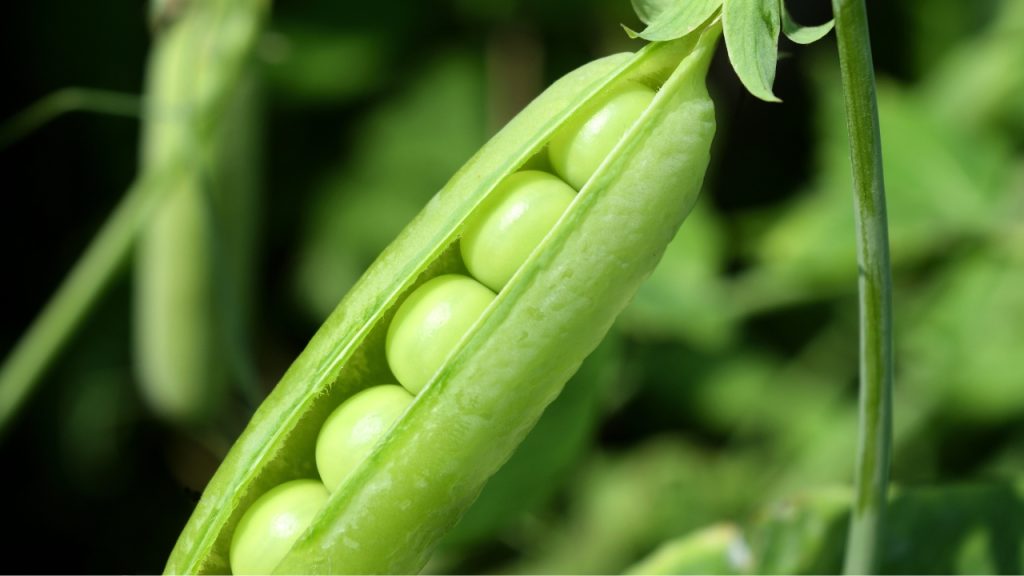Pea cultivation is a rewarding endeavor that allows you to enjoy fresh, flavorful peas straight from your own garden. Whether you’re a beginner or an experienced gardener, these tips for successful pea cultivation will help you maximize your yield and ensure healthy, thriving pea plants. From selecting the right varieties to providing proper care and maintenance, this comprehensive guide will equip you with the knowledge you need to cultivate peas successfully.
Understanding Pea Cultivation
 involves understanding the growth habits and requirements of this versatile legume. Peas belong to the Fabaceae family and are cool-season crops, making them suitable for spring and fall planting. They thrive in moderate climates and can be grown in both garden beds and containers.
involves understanding the growth habits and requirements of this versatile legume. Peas belong to the Fabaceae family and are cool-season crops, making them suitable for spring and fall planting. They thrive in moderate climates and can be grown in both garden beds and containers.
Selecting the Right Pea Varieties

Choosing the appropriate pea varieties is crucial for successful cultivation. Factors to consider include maturity time, growth habit (dwarf or climbing), and resistance to pests or diseases. Popular varieties include Sugar Snap, Snow Pea, and English Pea.
Preparing the Soil for Pea Planting

Preparing the soil properly creates a favorable environment for pea plants. Peas prefer well-draining soil with a pH between 6.0 and 7.5. Amend the soil with organic matter, ensure proper drainage, and remove weeds before planting.
Planting Peas: Timing and Spacing

Timing is essential for pea planting. Sow seeds directly into the garden as soon as the soil can be worked in early spring or a few weeks before the last frost date. Space seeds according to the recommended spacing for the chosen variety, usually 2-3 inches apart.
Providing Adequate Sunlight and Water
Peas thrive in full sun, so ensure they receive at least 6-8 hours of direct sunlight each day. Water regularly, keeping the soil consistently moist but not waterlogged. Mulching can help retain soil moisture and suppress weed growth.
Nutrient Requirements for Pea Plants
Peas have specific nutrient requirements to support their growth and development. Nitrogen is crucial during early growth stages, while phosphorus and potassium promote flower and pod formation. Apply a balanced fertilizer according to the recommended rates for peas.
Supporting Pea Plants: Trellising and Staking
Tall or climbing pea varieties require support to prevent them from sprawling on the ground. Install trellises, stakes, or netting to provide vertical support, ensuring better air circulation and reducing the risk of disease.
Managing Pests and Diseases in Pea Cultivation

Common pests and diseases that affect pea plants include aphids, powdery mildew, and pea leaf weevils. Implement preventative measures like companion planting, regular inspections, and organic pest control methods to keep your pea plants healthy.
Harvesting and Storing Peas
Harvesting peas at the right time ensures optimal flavor and texture. Pick edible podded peas when they are plump but before they become tough. For shelling peas, allow the pods to mature and dry on the vine. Proper storage in a cool, dry place will help maintain their freshness.
Troubleshooting Common Pea Cultivation Issues
Pea cultivation may face challenges such as poor germination, yellowing leaves, or low yields. This section provides troubleshooting tips for addressing common issues and guides you in identifying and resolving problems that may arise.
Advanced Techniques for Maximizing Yield
For those seeking to take their pea cultivation to the next level, this section explores advanced techniques such as succession planting, intercropping, and seed-saving methods. These strategies can help you maximize your pea yield and extend the harvest season.
Frequently Asked Questions (FAQs) about Pea Cultivation
This section addresses common questions related to pea cultivation, offering additional insights and guidance on specific concerns that gardeners may have.
In conclusion
cultivating peas can be a fulfilling and rewarding experience. By following the tips and guidelines provided in this comprehensive guide, you have gained valuable knowledge on how to grow and maintain healthy pea plants. From selecting the right varieties to preparing the soil, providing proper care, and managing pests and diseases, you are now equipped to embark on a successful pea cultivation journey.
Remember to pay attention to timing, spacing, and sunlight requirements for optimal growth. Adequate watering, nutrient management, and supporting climbing varieties will help your pea plants thrive. Harvest your peas at the right time, and store them properly to maintain their freshness.
If challenges arise along the way, refer to the troubleshooting section for solutions to common issues. And for those looking to take their pea cultivation to the next level, the advanced techniques section offers strategies to maximize yield and extend the harvest season.
Now, armed with this knowledge, it’s time to roll up your sleeves, prepare your garden, and enjoy the satisfaction of growing your own delicious peas. Whether you’re a beginner or an experienced gardener, may your pea cultivation journey be fruitful, rewarding, and filled with an abundance of fresh, flavorful peas.

